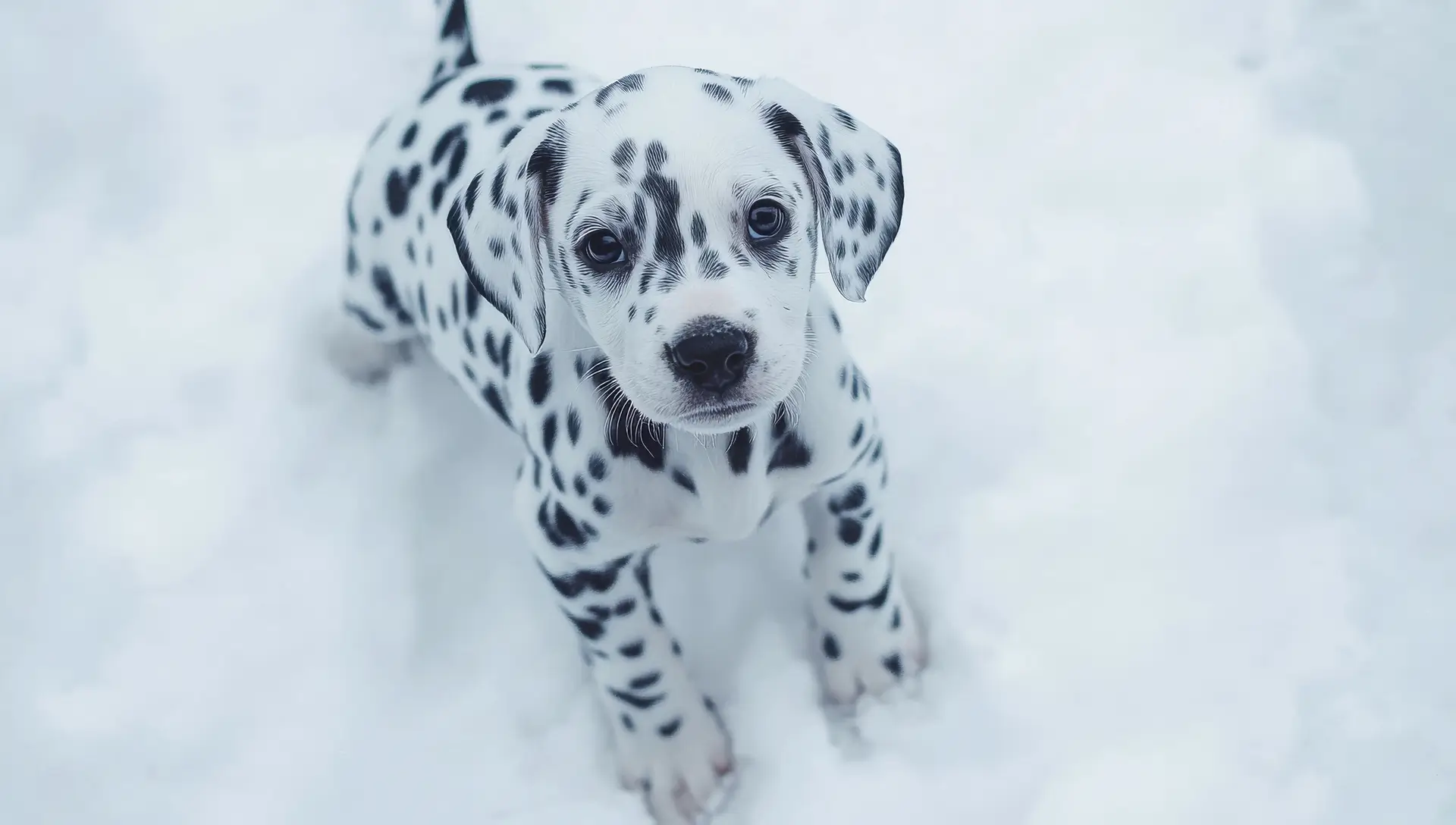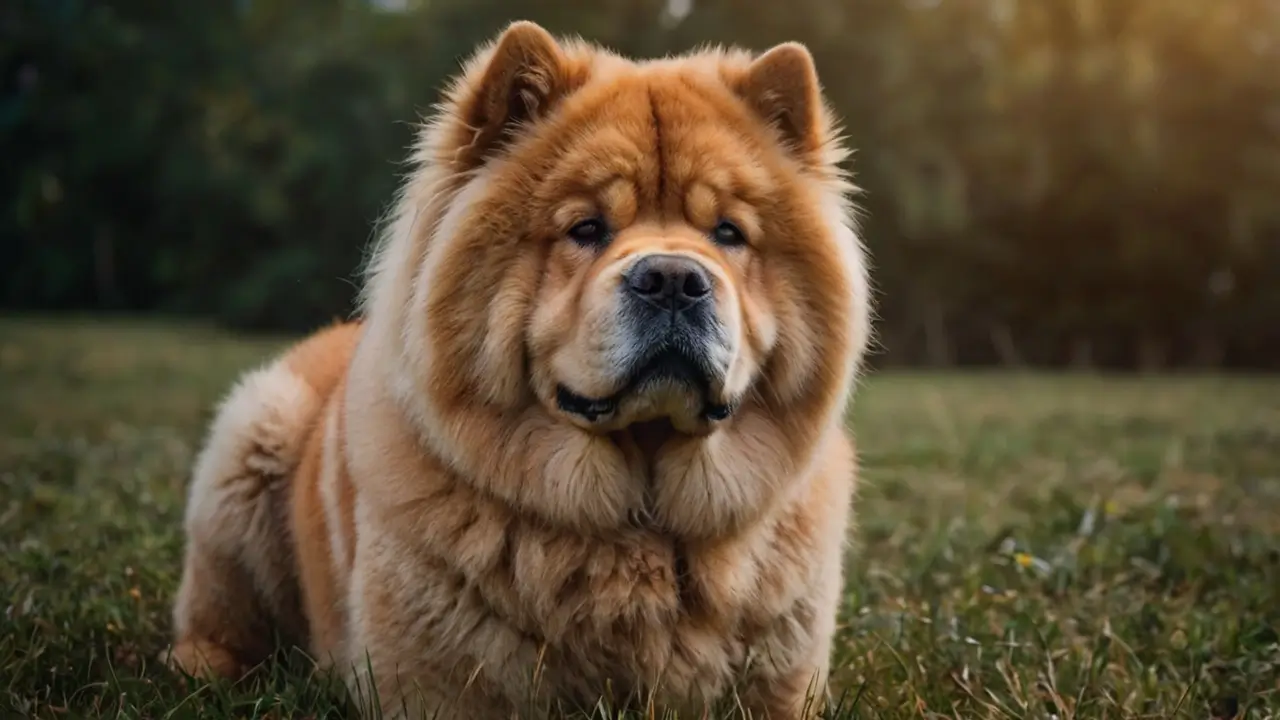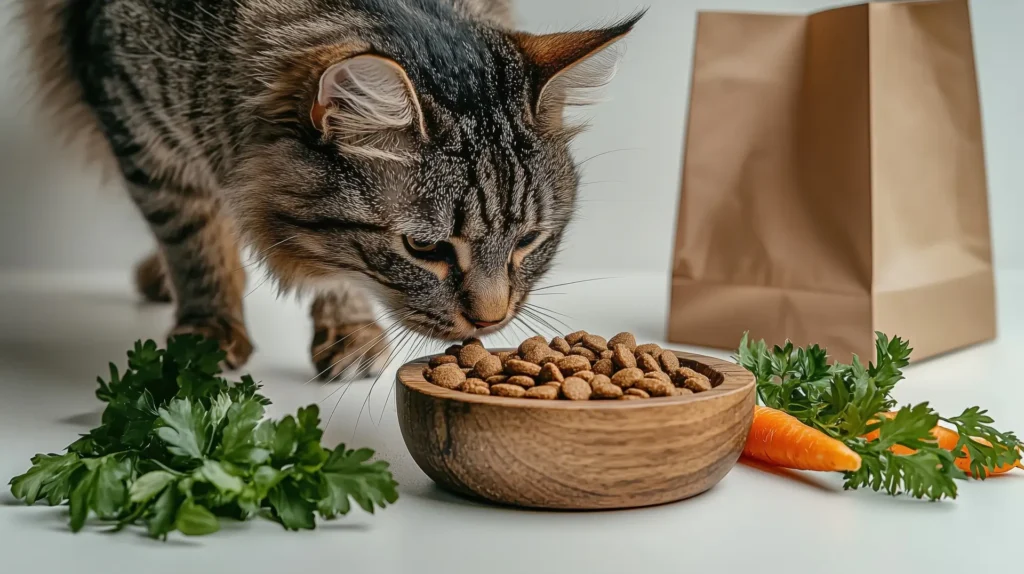The moment you see the striking leopard coat and unique, multi-colored eyes, you recognize the Catahoula Leopard Dog puppies. These canines are intelligent and very rugged. They are officially Louisiana’s state dog. They are known for their strong work ethic and independent nature. Bringing home one of these spotted puppies, be it a Louisiana Catahoula Leopard Dog Puppies mix or purebred, is an exciting and serious commitment. It requires effort and preparation.
This guide gives prospective owners expert, actionable advice. We move past basic breed details. You will learn everything from finding a good breeder to managing complex genetic risks. We include a detailed puppy care timeline. We also provide advanced training tips. We give you the knowledge to handle the unique challenges of raising a Catahoula. This ensures your Catahoula Leopard Dog puppies grow into healthy, confident, and exceptional partners.
If you are interested in reading an article about : “Catahoula Leopard Dog: A Devoted And Loyal Breed“
What Makes the Catahoula Leopard Dog Puppies Unique
The Catahoula Leopard Dog is sometimes just called Catahoula puppies. This medium-to-large dog breed is deeply rooted in the American South. The Catahoula was strictly a utility animal. It was not developed for dog shows. This true “cur” breed excels as a herding dog. They specialized in managing feral hogs and cattle. This work happened in the swamps and forests of Louisiana.
- Origin and Recognition: They are named for Catahoula Parish, Louisiana. Their ancestry likely mixes Native American dogs with “war dogs” brought by Spanish settlers. This includes mastiffs and sighthounds. The United Kennel Club (UKC) fully recognizes them as the Louisiana Catahoula Leopard Dog. They are part of the AKC’s Foundation Stock Service (FSS).
- Physical Characteristics: They are built for long-lasting endurance. They are muscular and powerful. Their coat is short or medium. The signature “leopard” or merle pattern is their defining feature. Their eye colors vary greatly. They often have glass (blue) eyes or cracked (half-blue/half-brown) eyes. Sometimes they have two different eye colors (heterochromia).
- Temperament & Behavior Baseline: Catahoulas have strong, confident behavior traits. They are fiercely intelligent and very energetic. They are also famously independent. They are protective of their family but can be reserved with strangers. Their strong natural prey and herding dog drives must be carefully managed when they are young.
Why Get a Catahoula Leopard Dog Puppy?
Choosing to bring a Catahoula home is a big commitment. Their nature as a working dog means they are not suited for simply being pets.
Puppy vs. Adult Adoption, Pros and Cons
| Factor | Choosing a Catahoula Puppy | Choosing an Adult Catahoula |
| Control | You have full control over socialization and training tips. You build the behavioral foundation. | You get an established personality and temperament. Guesswork on size and health is reduced. |
| Time/Energy | Housebreaking, training, and early puppy care demand a huge time commitment. They have had high energy for almost two years. | Energy levels are usually more predictable. Initial care may be less intense. |
| Gaps | You must handle the chewing, nipping, and housebreaking stages. Inherited problems are still possible. | They may have known issues (e.g., anxiety) needing behavior modification. |
| Source | You can access reputable breeders who verify health. | Many good Catahoula adoption options exist in rescues and shelters. |
For Active Households and Working Environments
Catahoulas do best in homes that offer a job and plenty of space. They are the right fit for:
- Working Homes: Farms, ranches, or competitive dog sports like tracking and agility.
- Experienced Owners: People who know how to manage strong-willed, intelligent dog breeds. They need firm, consistent leadership.
- Active Lifestyles: Families who hike, run, or do structured activity every day.
Potential Red Flags
The Catahoula may not be right for you if you live in a small apartment. They need constant physical and mental activity. Long hours away from home or a slow-paced life are not good fits. Their intense exercise needs are mandatory.
Finding Quality Catahoula Leopard Dog Puppies
Careful selection of your puppy is crucial. This is due to the breed’s specific genetic concerns. When looking for a Louisiana Catahoula Puppies breeder, do not take shortcuts on health testing.
Reputable Breeders
A good breeder will ask you many questions. They should also be ready to answer all of yours.
- Ask for Health Certificates: Ask for proof for both the mother and father (sire and dam). This means hip and elbow evaluations from OFA. It also includes current eye certifications from a vet (like CERF).
- Genetic Testing: Make sure they test for the Merle gene (M). They must commit to avoiding Merle-to-Merle breeding.
- Visit the Facility: Observe where the puppies live. Are the puppies and dogs clean, confident, and well-socialized? Are the puppies raised inside the home for crucial early socialization?
Puppy Evaluation in a Litter
When picking your Catahoula puppies, look for these traits:
- Temperament: Choose a puppy that is curious and handles touch easily. It should quickly recover from loud noises. Avoid puppies that are overly aggressive or extremely fearful.
- Health Signs: The puppy should have clear eyes and a clean, shiny coat. It should be lean, not overweight. A vet check must include a specific exam of the heart and lungs.
If you need a demanding working dog but are not set on a Catahoula, research the Australian Cattle Dog. It provides a good comparison of temperament and care.
Avoiding Scams and Unethical Breeding
Many bad breeders breed dogs just for the pretty leopard coat. They may carelessly pair two merle-coated dogs. This puts the puppies at high risk for serious health issues. If a breeder avoids providing verifiable health papers or sells puppies before 8 weeks, do not buy from them.
Growth, Milestones & Nutrition
Catahoula Leopard Dog puppies grow significantly. This growth lasts well into their second year. Managing this period correctly is vital for their long-term health. Joint safety is a key concern.
Growth Timeline: Neonatal to Adolescence
| Stage | Age | Key Milestone |
| Neonatal | 0–2 Weeks | They rely completely on their mother. Taste and touch are the only senses they have. |
| Transitional | 2–4 Weeks | Eyes and ears open. First baby teeth come in. They start to stand and walk. |
| Socialization | 4–12 Weeks | CRITICAL WINDOW. They learn to control their bite strength. They need exposure to many new things, people, and sounds. Your Catahoula puppy comes home during this time (8–12 weeks). |
| Juvenile | 3–6 Months | They grow quickly. They lose their baby teeth. They start testing boundaries more often. |
| Adolescence | 6–18+ Months | Sexual maturity starts. Their energy is at its highest point. They need continued training and mental exercise. Larger dog breeds mature more slowly. |
Puppy Diet Guidelines & Weaning
Catahoulas are large and active. Their puppy’s care diet must be watched closely. This prevents orthopedic problems related to fast growth.
- Large Breed Formula: You must always pick food labeled for Large Breed Puppies. This food has lower levels of calcium and phosphorus. This ensures bones grow slowly and evenly. It reduces the risk of Hip and Elbow Dysplasia.
- Feeding Frequency:
- 8–12 Weeks: Feed 4 small meals each day.
- 3–6 Months: Reduce to 3 meals each day.
- 6–12+ Months: Transition to 2 meals each day.
- Avoid Overfeeding: Keep your Catahoula Leopard Dog puppies lean. You should be able to feel their ribs easily. Being overweight is the biggest risk factor for joint disease.
Training & Socialization from Day One
Catahoula Leopard Puppies are highly intelligent and independent. This means they need early, consistent, and positive training.
Crate Training, Potty Training, and Impulse Control
- Consistency is Key: Catahoulas learn routines fast because they are smart. Use positive rewards. Create a firm schedule for eating, sleeping, and bathroom breaks.
- Bite Inhibition and Redirecting Herding Nips: This step is crucial for this breed. Catahoulas, like many herding dogs, tend to nip at feet and clothes. This is a leftover herding instinct.
- Yelp loudly (“ouch!”) and stop play for 30–60 seconds if the bite is too hard. This teaches bite control.
- If nipping continues, offer a proper chew toy. If that fails, give a quick, calm time-out in their crate. Never use physical punishment.
For a completely different approach to training, look into the Papillon Dog. This breed is known for its graceful manner, not guarding instincts.
Managing Herding
The Catahoula’s strong drive to chase can be dangerous. They may chase joggers or cars. Use a long-line leash in secure areas. Practice the “Leave It” command often. Always reward the command with a very high-value treat. Start socialization early. Introduce your puppy to many types of people, dogs, and environments before 16 weeks.
Exercise, Enrichment & Mental Stimulation for Puppies
A calm Catahoula is a good Catahoula. Exercise for a growing puppy must be planned to avoid injury.
Age-Appropriate Activity Limits
The “5-minute rule” is sometimes debated. However, avoiding high-impact, constant exercise is wise for large dog breeds.
- The Guideline: Limit structured walks and jogging to five minutes for every month of age. For example, a 4-month-old gets 20 minutes of formal walking spread throughout the day.
- Avoid: Running long distances, jumping repeatedly, intense games of fetch on hard ground, and climbing long flights of stairs. Do this until their bones are fully grown (12–18 months). These put stress on developing joints.
- Encourage: Play on soft surfaces like grass. Use “sniff walks” for mental stimulation. Keep training sessions short and fun.
Puzzle Toys and Scent Games
Catahoulas need mental work as much as physical activity. Use their excellent nose and high intelligence through games like:
- Scent Work: Play “hide-and-seek” with their kibble or treats. This tires them out mentally more effectively than running.
- Puzzle Feeders: Use dispensing toys or snuffle mats for meals. This slows down their feeding frequency. It gives them the necessary mental work.
Health Risks, Testing & Preventive Care
Understanding Catahoula health issues is necessary for a responsible owner.
Common Genetic Risks: Merle Complications
The beautiful merle gene gives the breed its leopard coat. If two merle-coated dogs are bred (Merle x Merle), it creates a “double merle.” This can cause very serious birth defects.
- Deafness (Unilateral/Bilateral): This is highly linked to the double merle gene. It is also linked to a lot of white on the head and ears.
- Vision Issues: Double merles often have severe eye problems. This includes Microphthalmia (small, poorly developed eyes) and Colobomas (a gap in the eye structure). These can cause light sensitivity or blindness.
- Recommended Screening & Testing: Ethical breeders must perform BAER (Brainstem Auditory Evoked Response) tests on all Catahoula Leopard Dog puppies. This checks for congenital deafness before they leave for their new homes.
Vaccination, Deworming, and Joint Support
Follow your vet’s schedule for all puppy vaccinations. This includes Parvo and Rabies. Also, stick to the deworming schedule. Talk to your vet about joint supplements (like glucosamine) for your large breed puppy. This is a good preventative step.
Transitioning Into Adulthood & Behavior Management
Your Catahoula will mature mentally much later than smaller breeds. This often happens between 18 months and 3 years old.
Handling Behavioral Challenges
- Prey Drive & Separation Anxiety: High energy and independence can cause problems. If they are bored or not trained, they may chew things or suffer from separation anxiety. Crate training is vital to manage these phases.
- Advanced Training: These dog breeds are great at advanced tasks. Move past basic obedience. Try competitive sports like tracking, herding, or weight pull. This helps meet their intense exercise needs.
- Working with Special-Challenge Catahoulas: Catahoulas born deaf or blind from double merle breeding need special training tips. This should focus on hand signals or a tactile alarm system. They can still be happy and full of life. They just need a highly dedicated owner.
Cost Breakdown & Long-Term Commitment
The initial Catahoula Leopard Dog Price is only the starting point of your money commitment.
| Expense Category | Breeder Purchase Price | Adoption Fee |
| Initial Cost | $600 to $2,000+ (from a breeder with verifiable health testing) | $50 to $500 (fees usually cover initial shots, spay/neuter, and microchip) |
| First-Year Vet (Puppy Shots/Surgery) | $600 – $1,000+ | Often lower because some services are included in the Catahoula adoption fee. |
| Annual Food (High-Quality Large Breed) | $800 – $1,200 | $800 – $1,200 |
Hidden Costs
You must be prepared for potentially high costs. Genetic issues like Hip Dysplasia may require surgery that costs thousands. Specialized care for a deaf dog is also a possibility. Owning a Catahoula demands both financial and emotional commitment.
From Puppy to Partner
Watching a tiny, energetic Louisiana Leopard Dog puppy grow into a loyal adult is amazing. A common story among owners is overcoming the “stubborn phase.” Many owners describe a year of fighting the dog’s independence. The solution, they often find, is realizing the dog is just bored. It needs more mental work. Owners who switch to obedience drills and scent games see a huge change in partnership.
This great investment of effort pays off. It is similar to the training needed for a faithful, heroic Lassie Dog on screen.
Catahoula Leopard Dog Puppies vs Similar Working Breeds
Catahoulas are frequently compared to other herding dogs and cur breeds.
| Breed | Energy Level | Independent Behavior Traits | Suitability |
| Catahoula | Very High | Extremely High | Excellent tracker and versatile working/hog dog. |
| Australian Cattle Dog | Very High | Moderate/High | They focus more on people but share the same high exercise needs. |
| Border Collie | Extreme | Moderate | More focused on its human handler than the Catahoula. |
The Catahoula’s independence may be a drawback if you want a dog focused intensely on you. A Border Collie might be better.
Future Trends, Breed Health & Preservation
The Catahoula’s popularity is growing outside the South. This is due to their striking leopard coat and versatility. This increase in demand risks irresponsible breeding. People who want to preserve the breed focus on keeping its working ability and health sound. They minimize the Merle-related health issues through strict genetic testing. The goal is breeding for health and function, not just color.
Remember to give your Catahoula Leopard Dog puppies plenty of affection every day. You can see great tips in articles on Love Your Pets Daily.
Conclusion
Bringing a Catahoula Leopard Dog into your family is a unique experience. Success comes from choosing well. It demands a commitment to early positive training tips. You must be aware of potential health issues, especially joint health and merle genetics. These steps build a relationship based on activity and respect.
Their intelligence, power, and loyalty make the Catahoula an unmatched friend for active, dedicated owners. Do your thorough research. Find a trustworthy breeder. Get ready for an incredible journey.
FAQs
How much does a Catahoula Leopard Dog puppy cost?
The Catahoula Leopard Dog from a responsible breeder with full health testing (like BAER) usually ranges from $600 to over $2,000. Catahoula adoption fees are much cheaper, typically $50 to $500. Adoption fees usually include the cost of initial vaccines and spay/neuter surgery.
Are Catahoula puppies good with children and other pets?
Catahoula Leopard Dog puppies are good with children they grew up with if socialized early (before 12 weeks). They often become protective guardians. However, their strong chase instinct needs close supervision. Be careful around small, fast-moving children and very small pets.
How active does a Catahoula puppy need to be?
They need to be very active. Follow the exercise needs rule of five minutes of walking per month of age to protect their joints. They also need significant mental work and free play every day in a safe space. They require at least one hour of dedicated, structured activity or training.
What health tests should I ask a breeder to perform?
You should ask for OFA certifications for hips and elbows on both parents. You also need recent eye exams (CERF). Most importantly, you must see BAER (Brainstem Auditory Evoked Response) tests. This screens for deafness, especially in white-marked Catahoula puppies.
When is a Catahoula puppy fully mature (mentally / behaviorally)?
They reach their full height around 12–15 months. Mentally, Catahoula puppies mature later than other breeds, often taking 18 months to 3 years. Owners must remain patient and consistent with training throughout this long adolescent period.








